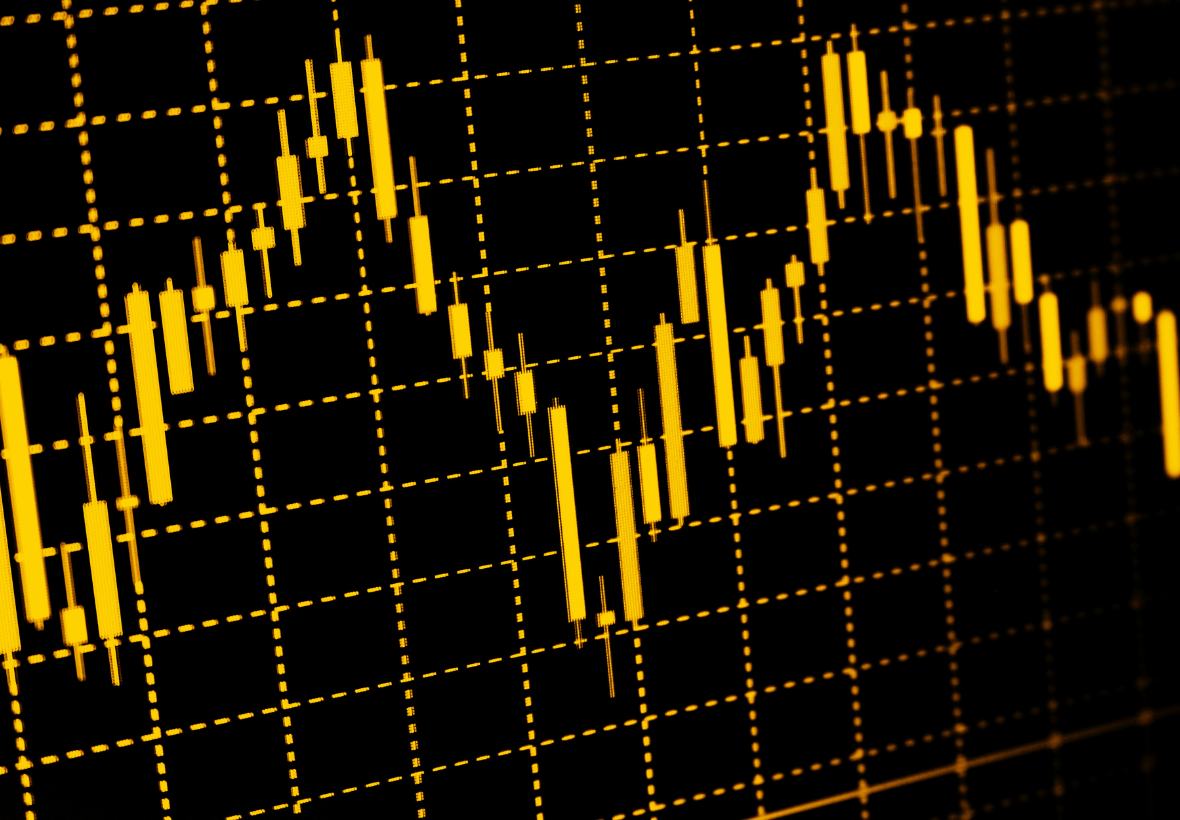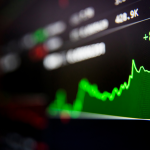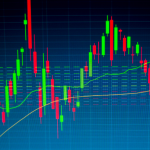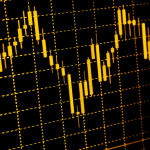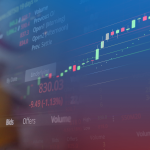Trading bots have become increasingly popular for automating trading strategies and maximizing profits. Among the various types of trading bots, high-frequency trading (HFT) bots and low-frequency trading (LFT) bots are two distinct approaches that cater to different trading styles and objectives. We will explore the key differences between high and low-frequency trading bots, shedding light on their characteristics, advantages, and limitations.
Grasp High-Frequency Trading (HFT) Bots
High-frequency trading bots are designed to execute a large number of trades within short timeframes, often in milliseconds or microseconds. These bots capitalize on tiny price fluctuations and exploit market inefficiencies. HFT bots typically rely on advanced algorithms, market data feeds, and direct market access (DMA) to execute trades rapidly.
The Mechanics of Low-Frequency Trading (LFT) Bots
In contrast to HFT bots, low-frequency trading bots focus on longer timeframes and make trades less frequently. LFT bots often employ strategies based on fundamental analysis, market trends, and economic indicators. These bots typically execute trades over days, weeks, or even months, allowing traders to take advantage of broader market movements.
Key Differences Between HFT and LFT Bots
The primary differences between HFT and LFT bots can be summarized as follows:
Speed and Frequency
HFT bots operate at incredibly high speeds and execute a large number of trades within short timeframes, aiming to profit from rapid price changes. On the other hand, LFT bots are slower in execution and make trades less frequently, focusing on long-term profitability.
Trading Strategies
HFT bots employ strategies that rely heavily on technical analysis, market data, and algorithmic patterns. They aim to identify and exploit short-term market anomalies. In contrast, LFT bots primarily use fundamental analysis, examining financial statements, economic indicators, and industry trends to make informed trading decisions.
Market Impact
Due to their high-speed trading and large order volumes, HFT bots may cause market impact, influencing stock prices or market conditions. LFT bots, operating with lower trade volumes, generally have a lesser impact on the overall market.
Execution Costs
HFT bots require low latency and direct market access, incurring higher execution costs to gain an edge in speed and order placement. LFT bots, focusing on longer timeframes, have relatively lower execution costs.
Advantages and Disadvantages of HFT Bots
Advantages of HFT bots include:
- Potential for high-profit opportunities in rapidly changing markets.
- Quick reaction to market news and price fluctuations.
- Efficient use of technology and automation.
Disadvantages of HFT bots include:
- Increased risk due to market volatility.
- Dependence on complex algorithms and technology infrastructure.
- Potential legal and regulatory challenges.
Advantages and Disadvantages of LFT Bots
Advantages of LFT bots include:
- Ability to capitalize on long-term market trends.
- Lower risk exposure due to fewer trades and longer time horizons.
- Relatively lower technology requirements and costs.
Disadvantages of LFT bots include:
- Potential for missed short-term profit opportunities.
- Longer investment horizons may limit liquidity.
- Reliance on fundamental analysis may lead to delays in reacting to market changes.
Choosing the Right Bot for Your Trading Strategy
When selecting a trading bot, consider the following factors:
- Your trading objectives and risk tolerance.
- The timeframe and frequency of trades you prefer.
- The availability of real-time market data and execution speed.
- The level of control and customization offered by the bot.
Conclusion
High-frequency trading (HFT) bots and low-frequency trading (LFT) bots are two distinct approaches to automated trading. HFT bots excel in high-speed, short-term trading, while LFT bots focus on longer-term market trends. Understanding the differences between these two types of bots is essential for traders seeking to optimize their trading strategies and achieve their financial goals.
Frequently Asked Questions
Q1:
What is the main difference between high and low-frequency trading bots?
A: The main difference lies in their trading speed, frequency of trades, and the strategies they employ. High-frequency trading bots focus on rapid trades within short timeframes, while low-frequency trading bots operate with longer time horizons and execute trades less frequently.
Q2:
Are high-frequency trading bots more profitable than low-frequency trading bots?
A: The profitability of trading bots depends on various factors, including market conditions, trading strategies, and risk management. High-frequency trading bots can generate profits in rapidly changing markets, while low-frequency trading bots aim for long-term profitability based on broader market movements.
Q3:
Do high-frequency trading bots pose any risks to the market?
A: High-frequency trading bots can potentially cause market impact due to their high-speed trading and large order volumes. This impact may influence stock prices or market conditions. Regulatory measures have been implemented to mitigate the risks associated with high-frequency trading.
Q4:
Can low-frequency trading bots react to short-term market fluctuations?
A: Low-frequency trading bots are primarily designed for longer-term market trends and may not react as quickly to short-term market fluctuations compared to high-frequency trading bots. They focus on fundamental analysis and consider broader market movements rather than rapid price changes.
Q5:
How can I choose the right trading bot for my strategy?
A: When selecting a trading bot, consider your trading objectives, risk tolerance, preferred timeframe for trades, access to real-time market data, and the level of control and customization offered by the bot. Evaluating these factors will help you choose a bot that aligns with your trading strategy and goals.
